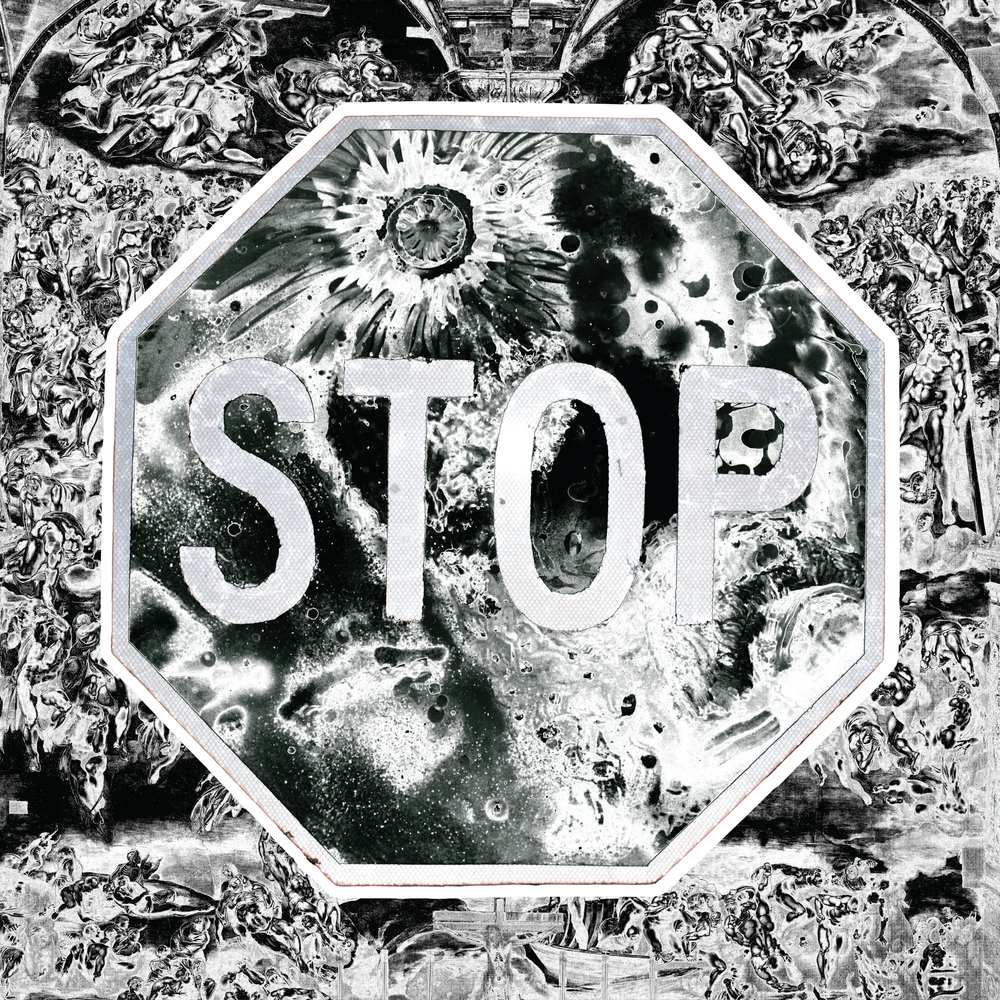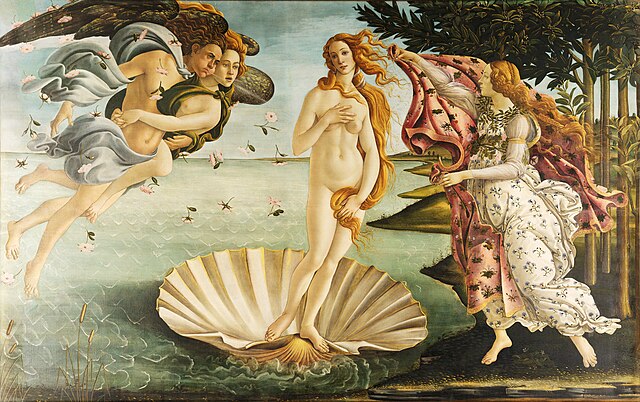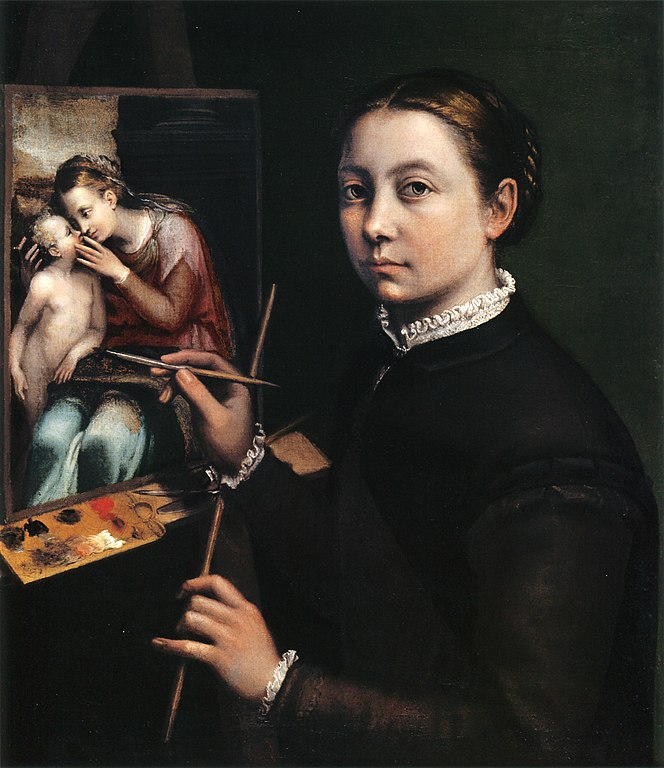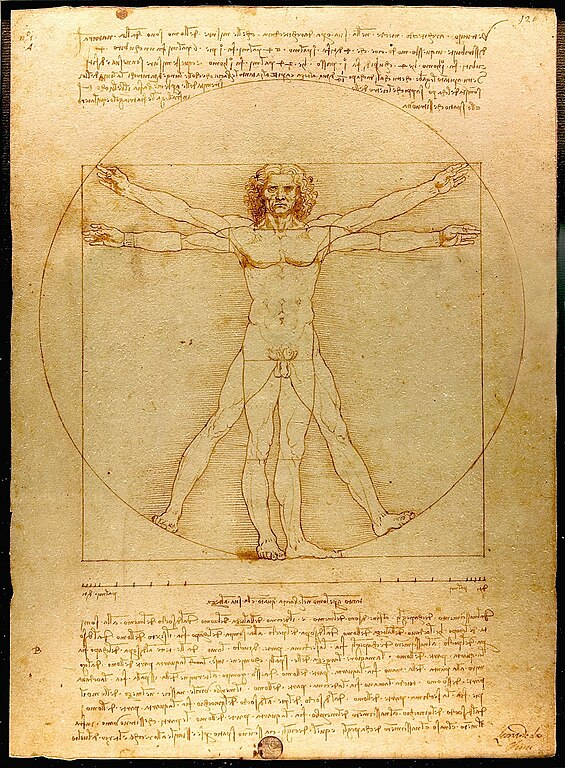Each piece in the Citation collection is hand-painted by the founders of Oruga, making each artwork unique and one-of-a-kind. The collection consists of 13 artworks, each associated with the number 13, and only 13 of each artwork is sold.
American Road Signs
American road signs have become ubiquitous symbols of the American experience, used to regulate traffic flow and communicate important information to drivers on highways and roads across the country. But what if these signs were transformed into works of art?
What is remarkable about this collection is how the founders of Oruga have taken the seemingly mundane and transformed it into something truly exceptional. American road signs, which we see every day, have been reimagined as art and presented in a way that encourages us to view them differently.

Through their art, Oruga challenges us to see the beauty in everyday objects and to appreciate the role they play in our lives. The collection also speaks to the broader impact that art can have on our perception of the world and our place in it. By elevating these road signs to the status of art, Oruga reminds us that there is beauty all around us, if we are willing to look for it.
In a world where we are often caught up in the hustle and bustle of our daily lives, the Citation collection serves as a reminder to slow down and appreciate the world around us. It encourages us to take a closer look at the everyday objects we take for granted and find beauty in unexpected places.

In conclusion, the Citation collection by Oruga is a testament to the power of art to transform the ordinary into something extraordinary. By incorporating American road signs into their artwork, Oruga reminds us that even the most mundane objects can be reimagined as art and that beauty can be found all around us, if we are willing to look for it.
Renaissance Sum up
The Renaissance was a period of great cultural, artistic, and scientific revival that took place in Europe between the 14th and 17th centuries. It was a time of tremendous change, marked by a renewed interest in the classical arts and literature of Ancient Greece and Rome, as well as by groundbreaking developments in science, technology, and philosophy. The Renaissance had a profound impact on the world and remains a source of inspiration to this day.

The Birth of Venus by Sandro Botticelli
One of the greatest blessings of the Renaissance was the way it inspired creativity and innovation. Artists and thinkers of the period were constantly pushing the boundaries of what was possible, experimenting with new techniques and ideas to create works of art and literature that were breathtaking in their beauty and complexity. From the paintings of Michelangelo and Leonardo da Vinci to the plays of William Shakespeare, the Renaissance produced some of the most enduring and influential works of art and literature in human history.
But the Renaissance was more than just a time of artistic and cultural renewal. It also brought with it significant advances in science and technology that would lay the foundation for the modern world. Scholars of the period made important breakthroughs in fields such as astronomy, mathematics, and physics, while inventors developed new technologies like the printing press and the telescope. The Renaissance laid the groundwork for the scientific revolution that would follow in the centuries to come, helping to transform our understanding of the universe and our place in it.

Portrait of Galileo Galilei
Another blessing of the Renaissance was the way it helped to foster a spirit of inquiry and exploration. As Europeans began to explore new lands and encounter new cultures, they were forced to confront their own assumptions and beliefs about the world. This led to a growing sense of curiosity and openness to new ideas, which helped to fuel the scientific and cultural revolutions of the modern era.
Finally, the Renaissance was a time of great humanism and compassion. As artists and thinkers of the period grappled with questions of ethics and morality, they developed a deeper understanding of the human condition and the importance of compassion, empathy, and social justice. This legacy is perhaps best exemplified by the work of humanist writers like Erasmus of Rotterdam and Thomas More, who championed the rights of the individual and the importance of human dignity.
In conclusion, the Renaissance was a time of great blessing and inspiration for our human race. It was a period of tremendous creativity, innovation, and intellectual curiosity, and it helped to lay the foundation for the modern world. The legacy of the Renaissance continues to inspire us to this day, reminding us of the power of human ingenuity and the importance of striving for excellence in all that we do.
Paintings used
Art is a form of expression that has been present throughout human history, and its evolution can be traced through the works of countless artists who have made significant contributions to the field. In particular, there are a few legendary painters whose work continues to influence and inspire artists today. We are grateful for their existence and their incredible contributions to the world of art.
Caravaggio, Michelangelo, Alexander Andreyevich, Raphael, Sofonisba Anguissola, Da Vinci, Johannes Vermeer, Parmigianino, and Petrus Christus are some of the artists who have left a lasting mark on the world of art. These painters were all unique in their own way and created works that still captivate and amaze us today.
Caravaggio was a master of chiaroscuro, the technique of contrasting light and shadow to create depth and drama in his paintings. His use of realism and intense emotions made his paintings incredibly powerful and influential.

David with the Head of Goliath by Caravaggio
Michelangelo was a true Renaissance man who excelled in painting, sculpture, and architecture. His iconic works, such as the ceiling of the Sistine Chapel and the statue of David, are recognized around the world for their beauty and perfection.
Alexander Andreyevich was a Russian painter known for his realistic and vivid depictions of historical events. His work was influential in shaping the Russian art world and inspiring generations of artists.

The Appearance of Christ to Mary Magdalene by Alexander Andreyevich
Raphael was a master of composition and balance, and his paintings are known for their beauty and harmony. His work helped define the High Renaissance style, and his influence can be seen in countless works of art to this day.

The School of Athens By Raphael
Sofonisba Anguissola was an Italian Renaissance painter who was one of the first female artists to gain recognition and respect in the male-dominated art world of her time. Her portraits were highly sought after and are still admired for their sensitivity and realism.

Self-portrait at the Easel Painting a Devotional Panel by Sofonisba Anguissola
Da Vinci was a true genius and master of many fields, including painting, sculpture, architecture, engineering, and science. His paintings, such as the Mona Lisa and The Last Supper, are some of the most recognizable and celebrated works of art in the world.

Vitruvian Man by Da Vinci
Johannes Vermeer was a Dutch painter known for his mastery of light and color. His works, such as Girl with a Pearl Earring and The Milkmaid, are characterized by their tranquil beauty and intimate domestic scenes.

The Girl With The Pearl Earring by Johannes Vermeer
Parmigianino was an Italian Mannerist painter known for his elongated figures and complex compositions. His works were highly influential in the development of Mannerism, a style that emphasized stylization and artificiality over naturalism.

The Conversion of St Paul by Parmigianino
Petrus Christus was a Flemish painter known for his detailed and realistic portraits. His works are notable for their meticulous attention to detail and the subtle emotions conveyed in his subjects' expressions.

Nativity of Christ by Petrus Christus
The works of these legendary painters continue to inspire and influence artists today, and we are grateful for their existence. Without their talent and creativity, the world of art would have been a little more dull. Let us give thanks to these incredible artists and their incredible contributions to the world of art.
The use of Monochrome
Monochrome, or black and white, in art has a long and rich history. From the chiaroscuro technique used by Renaissance artists like Caravaggio to the graphic designs of contemporary art, monochrome has always been a powerful tool for artists to express themselves. By removing color from the equation, artists can focus on the composition, texture, and contrast in their work, creating powerful and striking pieces that are timeless in their appeal.

The monochrome aspect of the Citation collection serves to enhance the stark, bold lines of the American road signs, bringing out the inherent simplicity and elegance of these symbols. The Renaissance paintings bring a chrome and cold aura, contrasting the simplicity of the American road signs, the paintings create drama and unease. By reducing the visual noise of color, the artists are able to create a more focused and impactful message. The result is a collection of works that are both visually stunning and conceptually engaging.
Furthermore, the use of monochrome in the Citation collection highlights the versatility of the Monochrome Collection. While some may think that black and white are limiting colors, the monochrome design actually allows for an incredible range of expression. From delicate pencil sketches to bold and graphic designs, monochrome can be used to convey a wide range of emotions, moods, and ideas.

In conclusion, the monochrome style of the Citation collection is a testament to the power and versatility of monochrome design. By combining the iconic symbols of American road signs with the minimalistic elegance of monochrome, Oruga has created a collection of works that are both visually striking and conceptually engaging.
- The Founders, Nolan and Preston

